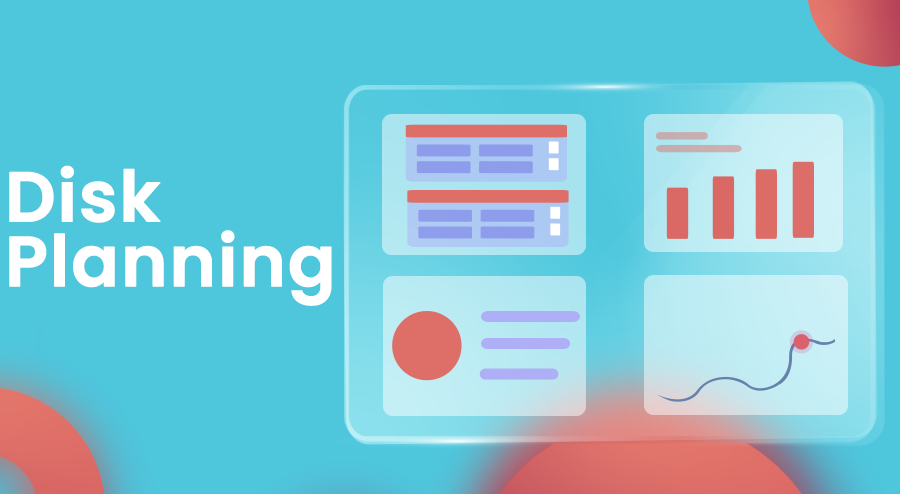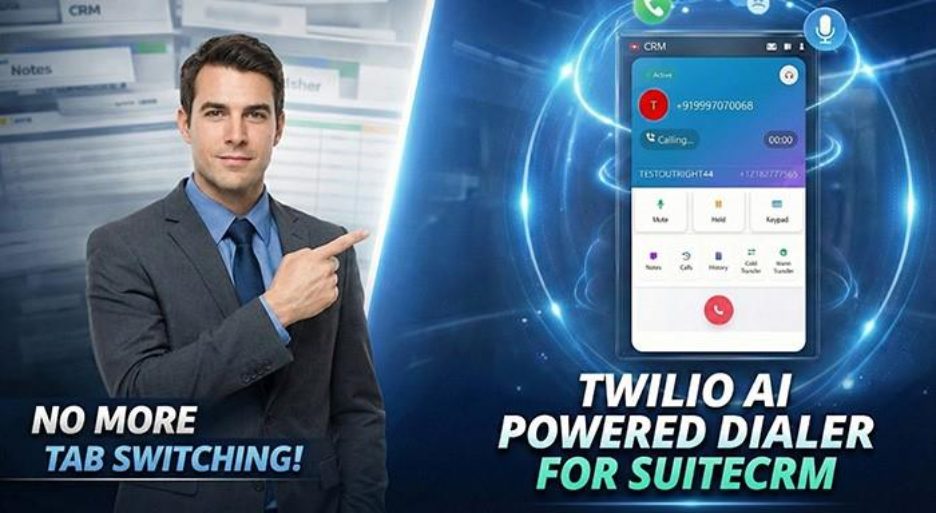What is Disk Planning and why it is important?
Disk planning is keeping a record of your disk to usage trends. You have to know your Disk capacity, how much space you have to required for different parts to perform. You must plan for elastic data storage as part of your server solution.
Maybe you understand several types of storage devices from your office and home.
You must hear about Pen Drives, Hard drives, USB Flash Drive, Magnetic Tape. We put our stuff there and once we need we use them, right? This means you already understand copying data, taking backups and storage.
As you are growing, you will need a scalable server infrastructure, which you can pull up and down once needed.
When we talk about the server, Major 3 types of disk coming -:
- Magnetic Disk
- SSD
- SSD with IOPS
As a brief, Magnetic Disks are old kind of HDD, cheaper at cost, low performance, eat more power. SSD is very good in performance but costly. So pick up anyone as your choice and let’s plan building disks according to CRM needs.
So when you start your CRM, according to space needs. I will recommend a total of 4 disks. I will explain later why this has been taken into.
- 12 GB: Root server volume -> This is where OS exists, It mains server logs, cron job logs, apache logs, and many other things.
- “/Web” -> I put all folder/files stuff there separate in this drive. May start this as 5 GB.
- “/database” -> I keep all data here, I used to change MySQL “data_dir” to this location, maybe 5 GB at beginning
- “/backups “ -> This separate disk handles all kinds of backups strategy here. May be 10 GB at the beginning.
When you stop any AWS machine, it warns you that “it may erase” anything on ephemeral storage. Above I have recommended at least 32GB while you begin with a new machine for your new CRM.
That means you are advised to keep everything separate. Each drive can easily be copied and plugged into another machine. Which gives you complete freedom and security.
For more details Disk Planning and Server visit: http://bit.ly/2L7nIKN
For more details, Videos, and Documentation for this add-on, please Click here.



